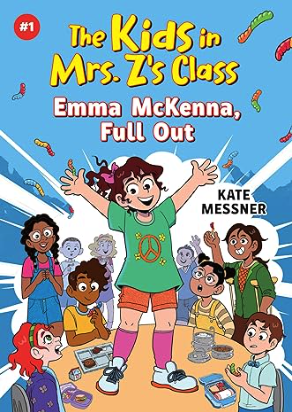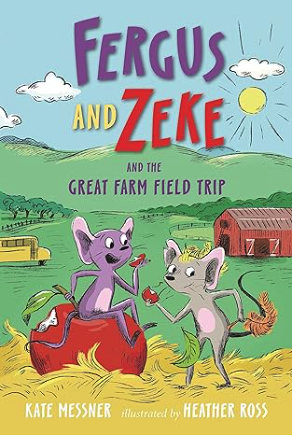Teachers Write Week 2 – The Power of Place
Welcome back to Teachers Write! How did our first week go for you? Hopefully, you found some time to dust off your notebook or laptop and do a little playing. Don’t forget that this is summer, so we’re all about making this a low-stress creativity boost! That means it’s never too late to go back and try out or revisit a prompt or assignment from weeks past. But for those who are ready for more…
Today we’re going to talk about the power of place in stories. Many of my books have grown out of settings, from the snowy northern landscapes of my picture book OVER AND UNDER THE SNOW and MG novel THE SEVENTH WISH to the warm buzz of summer in OVER AND UNDER THE POND and CHIRP.

And the interesting thing about setting is that it can draw our sense of wonder both outward and inward.
My OVER AND UNDER nature books are all about paying attention – from the tickle of a dragonfly landing on your knee to the silence of falling snow. But in a novel, those same kinds of moments can reveal not only details about the setting but about the character. When 12-year-old Mia walks into her grandmother’s cricket farm in CHIRP, hears the cacophony of a million crickets chirping all at once, and then learns that only male crickets chirp — that females are silent — it’s more than just a fascinating nature fact. It’s a detail that settles over her, at a time when she’s been keeping quiet about the gymnastics coach whose sexual harassment drove her out of the sport.
In Renee Watson’s SOME PLACES MORE THAN OTHERS, details of the busy Harlem setting serve not only to underscore Amara’s fish-out-of-water experience as she visits New York City from Oregon but also to connect her with her father’s history.

The streets aren’t as crowded as I thought they would be. The sidewalks are wide, and even with a few vendors on the edge of the sidewalks, there’s still plenty of room to walk. I am thinking maybe Mom was exaggerating about how busy New York is, with its bustling streets, but then we get to the corner of 125th and Lenox. There’s a crowd of people crossing the street going both directions and cars forging their way through and whizzing by. There’s a Starbucks on the left and a subway station on the corner. I want to take a picture of the subway entrance, but I know Ava will think I’m making a big deal out of nothing, so I just act like it’s not a big deal that there’s an actual entryway to an underground tunnel. I wonder what it’s like to be underground, to have a whole world moving above you. I think about the fact that we are walking on top of people who are moving around under us having a whole different experience than we are.
I love how Renee literally crowded this lengthy paragraph with images and thoughts – jam-packed as one of those subway cars, to show how Amara’s mind is racing as fast as the city cabs. And the words she chose – the crowd crossing, the cars forging and whizzing – contribute to that hustle and bustle on the page and in Amara’s mind.
Contrast that to the language from my own picture book, OVER AND UNDER THE CANYON where the language is literally and figuratively spread out, with lots of wide-open space to breathe.

Here are your assignments for this week.
1. Choose a place that you know and love. It can be home, or a place you’ve visited that somehow seems to call you back. First, write a big block of text about that place – just one long paragraph with all the ideas together.
2. On another day, rewrite that paragraph and see how much more sensory language you can add. One trick for doing that is to set a timer for each sense. Take two minutes to read over your description looking for opportunities to add ONLY sounds. Read through, and think “What would this sound like right now? What would I hear?” Even quiet sounds can say a lot in the right setting. Then reset your timer and take two minutes just to add smells. And then think about your sense of touch. What would you feel on your skin in this place? Tickling grass? Warm wind? Pressing heat and humidity?
3. Finally, on another writing day this week, try crafting your notes into a poem. Free verse might work well for this one, or if you’re dying to try a rhyming poem, see how that works out.
Our bonus writing tip this week may be helpful if you opt for rhyme. It comes from Laurel Snyder, author of ENDLESSLY EVER AFTER: PICK YOUR PATH TO COUNTLESS FAIRY TALE ENDINGS.

Laurel says: When I work on something in rhyme and meter, I always try flipping the lines in revision! Sometimes, they’re exactly right to begin with, but often, I find the lines work better reversed. This is especially true when one of the end words in a line is an unusual or “tricky” word, because often in those cases, you have to really stretch and get creative to find a good match for it, right? If the “tricky” word comes first, the creative rhyming word feels forced. If, on the other hand, the “tricky” word follows, it feels satisfying and inevitable.
Don’t forget that you can check in with your progress and connect with other campers at our weekly check-in on Jen’s blog each Friday!
Happy writing – and we’ll see you next week.
All best,
Kate
A quick note… Teachers Write has always been, and will always be, free, but I do have a favor to ask. If you’re taking part this summer and you’re able to, please order some of my books from your local bookstore – or you can order signed copies from mine, The Bookstore Plus in Lake Placid, NY. Thanks!




